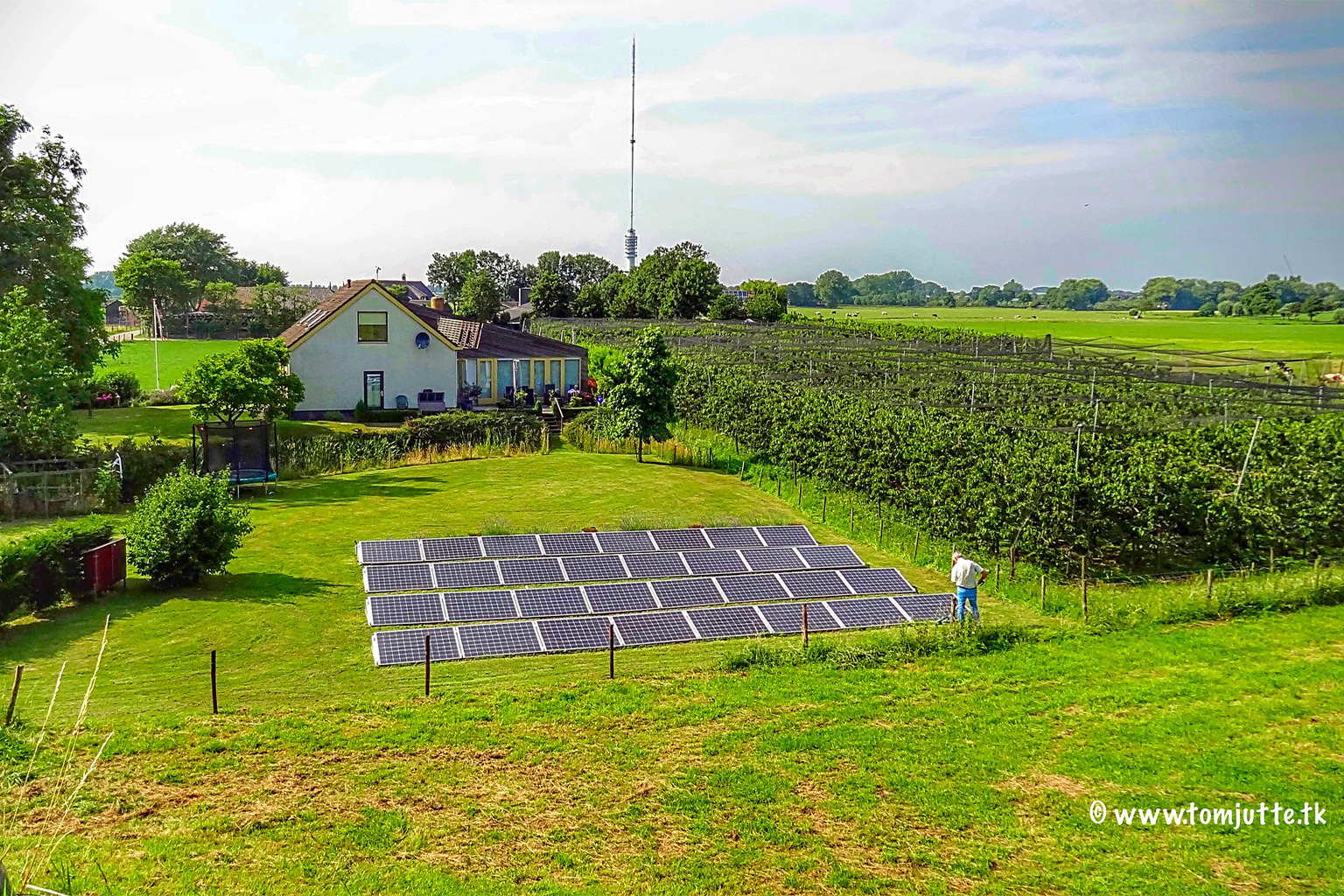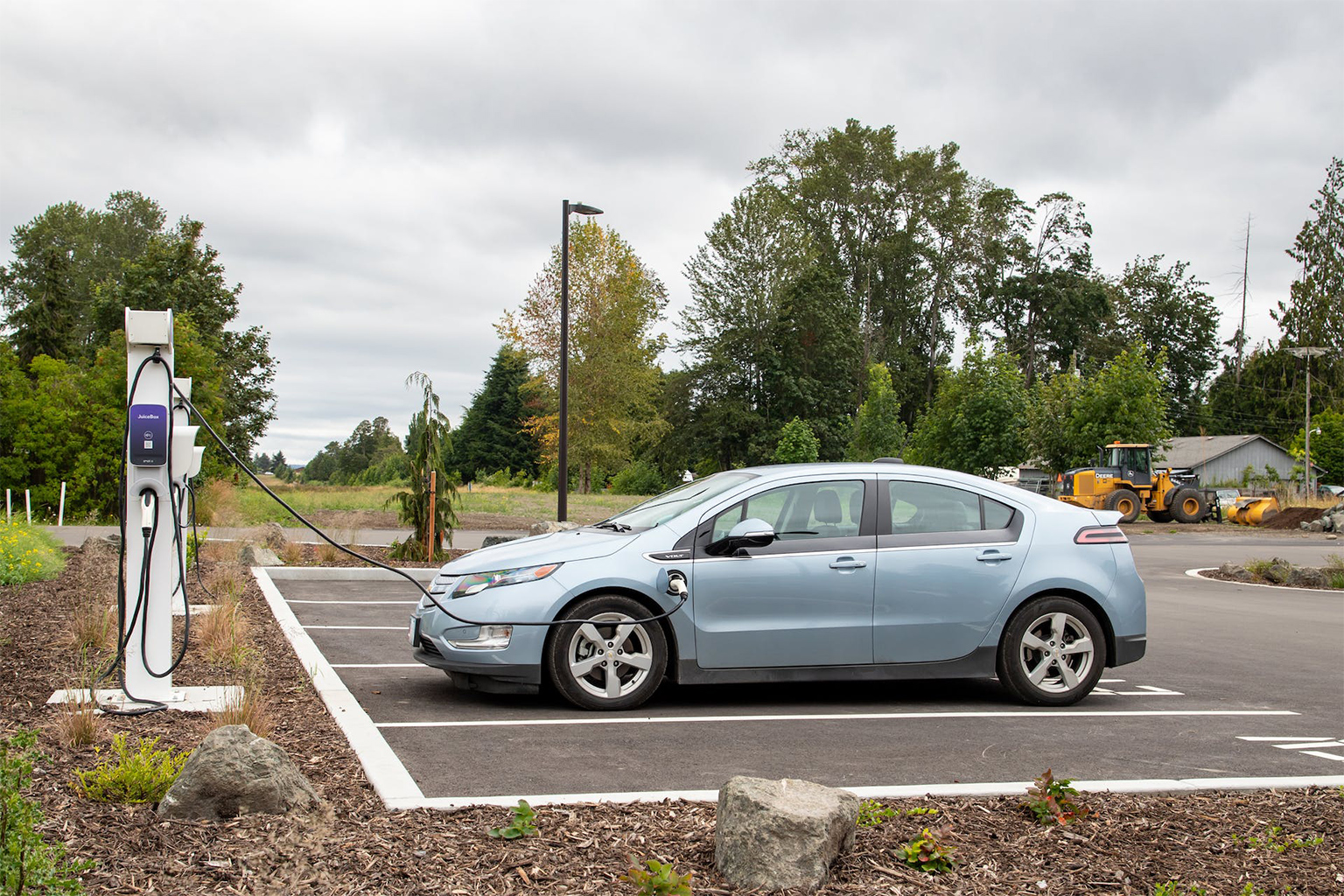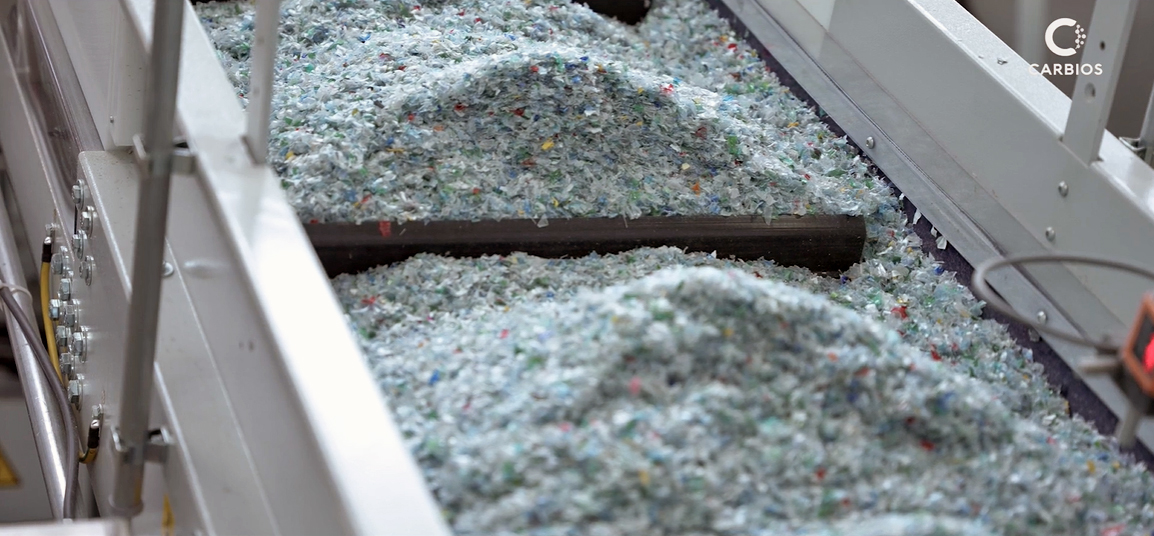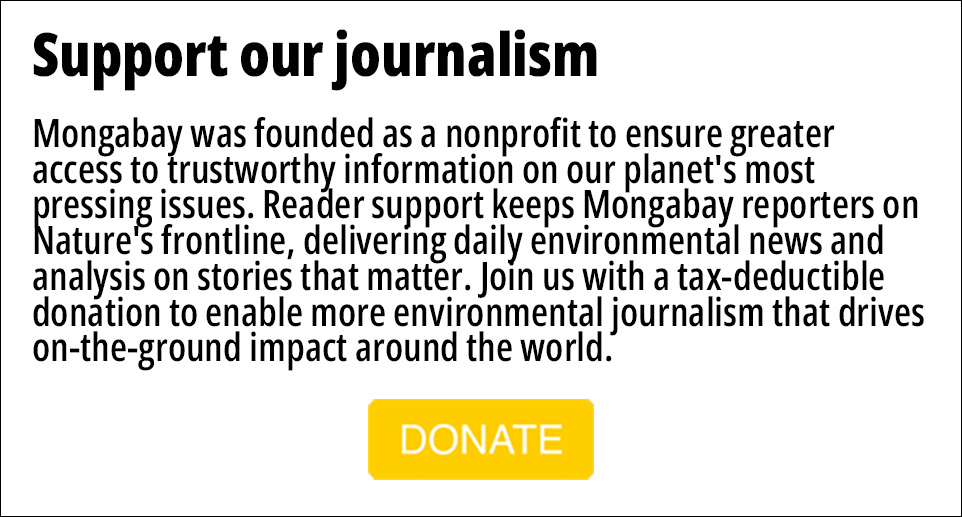Mongabay Series: Covering the Commons, Planetary Boundaries
Circular economy poised to go beyond outdated oil, gas and coal, experts say
- The exploitation of oil, gas and coal is now destabilizing all nine planetary boundaries and driving a triple crisis of climate change, biodiversity loss and pollution. The solution, experts say, is to move from a hydrocarbon-based linear economy to a diversified circular economy. This is Part 3 of a three-part miniseries.
- To step back from dangerous environmental thresholds, humanity needs to cut its use of fossil fuels, petroleum-based synthetic fertilizers and petrochemicals (especially plastics), with many analysts unequivocal about the unlikelihood of utilizing oil, gas and coal resources to implement a global circular economy.
- To achieve a circular economy, fossil fuels need to be phased out and alternative energy sources put in place. Bio-fertilizers need to be adopted and scaled up, and nitrogen fertilizers must be managed better to prevent overuse. Plastic production needs to be curbed, with a ban of single-use plastics as a start.
- Unfortunately, the world isn’t on target to achieve any of these goals soon, with surging oil and natural gas production by the U.S., Saudi Arabia and Russia expected to push the planet past the maximum 2° C (3.6° F) temperature increase agreed to in the 2015 Paris Accord — putting Earth at risk of climate catastrophe.
This story is the third in a three-part miniseries surveying the range of impacts by the fossil fuel industry on the global environment. Part one and part two review harm done to the nine planetary boundaries, while part three looks at circular economy solutions.
Extracting fossil fuels — burning them, turning them into plastics, synthetic nitrogen fertilizers or other petrochemicals — is old technology based on an outdated “take-make-waste” linear economic model and now poses an existential threat to life on Earth as we know it, say numerous experts interviewed for this exclusive Mongabay series.
While fossil fuels bring many societal benefits, they are also “powering our economies at a huge cost, creating a lot of liabilities … depleting rather than restoring,” says Steven Stone, deputy director of the industry and economic division at the United Nations Environment Programme.
Oil, gas and coal production are “emblematic” of a linear industrial paradigm, Stone adds, which urgently needs to be replaced by circular economy solutions.
A circular economy model revolves around the 3R’s: “reducing, reusing and recycling,” curbing waste via closed loops that regenerate nature, minimize resource use, power production with renewable energy and shift people away from relentless consumerism.
Fossil fuels (due to their toxicity and persistent environmental harm) are inherently incompatible with developing a circular economy, says Anne Velenturf, a senior research fellow at the University of Leeds. Circularity “has to be about improving the environment, strengthening society and maintaining economic prosperity. Continued exploitation of fossil fuels does none of these things,” she says.
But achieving circularity means reinventing our society, fast. It requires a complete transformation of the energy and materials production sectors before climate change, deforestation, pollution and the sixth great extinction make Earth unlivable.
A raft of promising circular solutions are in development that could boost prosperity while returning Earth to within safe planetary boundary limits — tackling climate change and reducing humanity’s environmental footprint.
However, accomplishing those goals in the face of a global economy hooked on fossil fuels, agrochemicals and petrochemicals that is becoming more linear and wasteful, not less, presents an enormous challenge.

Circular solution one: Phase out fossil fuels, boost renewables
Given the extreme existential threat posed by climate change, and with the energy sector responsible for roughly half of greenhouse gas emissions, experts say that it’s clear that slashing fossil fuel production, while making a massive shift to alternative energy, would take humanity a bold step toward emission cuts and circularity.
First off, a halt needs to be called to further oil, gas and coal exploitation, while rapidly ramping up renewable energy. That goal is being loudly advocated by activists in the runup to the COP28 climate summit in Dubai, which begins Nov. 30.
But that meeting seems unlikely to achieve much based on past U.N. summit performances, with the world’s nations still providing trillions in fossil fuel subsidies, and U.S., Saudi and Russian oil and gas drilling putting the world on track for global temperatures at least 2° Celsius (3.6 ° Fahrenheit) above preindustrial levels, threatening irreversible and catastrophic harm.
Even just burning all currently exploited fossil fuel reserves would lead to temperatures surpassing 1.5°C (2.7°F), says Peter Thorne, a climate scientist at Maynooth University in Ireland. Finding more buried hydrocarbons to burn would only worsen climate chaos, while likely stranding fossil fuel investment assets “with significant economic implications.”
Renewable energy, especially solar power, is ramping up further every year, but the pace is too slow, according to the International Energy Agency (IEA). Despite record annual renewables, fossil fuels still account for around 80% of global power. To achieve net-zero targets, nonbiomass-based renewables must grow annually by 13% from 2023-30; twice as fast as over the past five years.

Alternatives to a fossil fuel phaseout continue centering around unproven carbon capture technology — sucking CO2 out of the air and burying it or cycling it back into a “circular carbon economy.” Some deem this carbon capture as “essential” to addressing emissions while touting it as a less economically painful solution that would enable continued fossil fuel use. Skeptics have raised numerous objections based on cost, efficacy and lengthy timescales for deployment.
The focus, Thorne says, should be on what can be done now, not years down the line. “All the solutions are there: It’s a combination of [new] technology, energy efficiency, dietary habits … financial and legislative policy.”
Achieving a circular economy is vital, agrees Jonathan Foley, executive director of Project Drawdown, but right now “it’s about getting rid of fossil fuels and replacing those energy sources with renewables.”
“It won’t happen overnight,” Foley says. His organization has assessed nearly 100 climate-orientated solutions to reduce or replace fossil fuel reliance over varied time scales — ranging from concentrated solar power to “transition” solutions such as waste-to-energy systems. We’re not moving quickly enough, he notes, though in the end, “the technology will win out. We will make this [energy] transition, but how soon, how gracefully and how equitably is the real challenge.”
Until that full transition, some analysts propose hitting a climate change “emergency brake,” Foley says, cutting methane emissions within fossil fuel production. About a third of human-released methane — a far more potent greenhouse gas than CO2 — is emitted during oil and gas production, often visibly flared into the atmosphere.
Another vital immediate priority: redoubling efforts to end deforestation (now flagging globally), to enhance carbon storage, since tree loss is currently responsible for around 10% of emissions.
Slashing methane emissions and protecting forests could happen “disproportionately fast,” Foley argues, and give us “more time to allow for the implementation of the other climate solutions that might take a little longer.” The International Energy Agency estimates that 70% of fossil fuel-linked methane emissions could be reduced with current technology.


Solution two: Reduce material demand
To get humanity back inside safe planetary boundary guardrails, material extraction and consumption needs to fall by one-third globally, according to the 2023 Circularity Gap report. That’s a tall order, considering that humanity’s current material use sits at more than 100 billion tons annually. Removing fossil fuels — coal in particular — from the mix, while slashing demand for minerals, could be a core strategy for achieving this goal.
Aggressively applying circular principles to key fossil fuel-intensive sectors, such as cement, steel, aluminum, plastics and food, could reduce carbon emissions by 9.3 billion tons annually, while supporting the transition to sustainability by vastly reducing the raw material extraction that underpins these technologies.
But making those cuts will be difficult, especially now as the world pivots to embrace renewable energy, which itself makes material-intensive demands for minerals such as lithium, cobalt and nickel. Alongside this uptick in resource use, the decommissioning of end-of-life wind and solar installations is forecast to generate “a tsunami of waste” within the next decade.
“We should be promoting the use of sustainable materials when building renewable energy [capacity]. That includes promoting designs for durability, reuse, remanufacturing and minimizing material use,” says Velenturf.
To fully unlock carbon-saving potential in the transport sector, for example, we need to greatly increase circularity of electric vehicle materials, such as batteries, to recover rather than throw away resources. This, alongside other circular strategies, such as reducing demand, increasing alternative forms of transport and adopting sharing models, could cut emissions by a large degree and also reduce land use change associated with mining.

Solution three: Rethinking petrochemicals, especially plastics
The petrochemical industry poses a particular challenge to slashing oil, gas and coal production. This sector is currently hooked on fossil fuels as both an energy source and for feedstocks, and it manufactures an enormous array of diverse materials; prime among them are plastics.
Applying circular principles to plastics along their entire supply chain could reduce pollution by 80% while cutting single-use production in half, according to UNEP. Unfortunately, much-hyped and maligned plastic recycling is a gigantic failure, with only around 14% of all plastic collected globally, and recycling hovering at around 9%.
Companies and researchers are innovating to address this end-of-life problem that results in tons of plastics ending up in landfills or incinerated. Carbios, a French firm, is one example. It’s set to open a plant in 2025 using enzymes to break down PET plastic, allowing the plastic’s reuse for up to 10 cycles while dropping CO2 emissions by up to 50% compared with virgin plastic, according to Carbios CEO Emmanuel Ladent.
Once operational, the plant will process around 50,000 tons of PET annually. It’s a route pursued by many others seeking game-changing plastic waste solutions. “If we want to stop plastic pollution, we need to give value to waste, which has zero value today,” Ladent says.
But experts such as Kristian Syberg, an ecotoxicologist and associate professor at Roskilde University in Denmark, emphasize that pollution by “novel entities,” such as petrochemicals, can’t be solved by recycling alone, given projections. PET plastics, for example (accounting for roughly one-fifth of all plastic production today) are due to go on growing into the future.


“We obviously need to become better at recycling,” Syberg says, but to achieve circularity, consumption must be reduced and plastic production curbed. “The most important thing is to reduce … waste. And in order to do that, we need to consume less.”
Decoupling plastics — and the wider chemical industry — from fossil fuel feedstocks requires a shift to renewable or “cleaner” supplies, such as bio-based materials. But Syberg warns, if people don’t begin consuming less, bio-based alternatives could end up putting intense pressure on the already transgressed land use planetary boundary.
Reducing production of nonessential single-use plastics could be a quick route to consumption cuts, says Patricia Villarrubia-Gómez, a Ph.D. candidate at the Stockholm Resilience Centre. Changes have to start at the plastic production level, she adds, with designs that make products truly reusable, recyclable and less toxic.
Industry transparency is also required. Plastics are currently laden with thousands of potential toxic compounds, with data regarding these chemical components proprietary and not publicly available. Ensuring transparency and reporting are fundamental to circular solutions, a group of researchers recently stated.
“We need to reduce the amount of chemicals, and get rid of the hazardous chemicals in plastics, in order for them to be sustainable, both from an environmental and human health perspective,” says Syberg. “The golden rule for recycling is that the cleaner your feedstock, the better the recycled material [you] get out.”
The wider chemical industry, analysts say, needs to achieve fossil fuel alternatives by investing in alternative feedstocks and by minimizing production for a wide range of products, not only plastics, according to Fredric Bauer, a researcher at Lund University. “There could be great potential for this industry to be part of the energy transition by investing in renewable energy, as it previously invested in fossil energy,” Bauer says.

Solution four: Reducing synthetic nitrogen fertilizer use
Agrochemicals, particularly synthetic nitrogen-based fertilizers, are another industry hooked on fossil fuel feedstocks. At present, coal and methane are central to ammonia manufacture via the Haber-Bosch process, with ammonia the key active ingredient in many fertilizers.
“Green ammonia” is tipped as one way to decarbonize fertilizers at a global scale. The green process uses renewable energy (such as wind or solar), water and air to make ammonia. Multiple projects backed by companies and governments (including the U.S., Denmark and Norway), are underway to scale up fossil fuel-free ammonia production.
One company pursuing this solution is Talus Renewables, a U.S.-based startup that has built a modular green ammonia production plant in Kenya. Partnering with the Kenya Nut Company, the Talus plant can make a ton of green ammonia each day. “The carbon-free nature of our ammonia is really attractive,” says Hiro Iwanaga, CEO of Talus Renewables. “We think we will lower the [carbon intensity] score [for growing] a basic crop by about 25%.”
Iwanaga notes that green ammonia has other potential uses, including as a fuel source for oceangoing ships or to “store” hydrogen as a source of clean energy uses that could have a “significantly greater impact,” according to Iwanaga. But these alternatives are mired in uncertainty regarding technology, scale and cost, and not least, the insufficient production of green hydrogen, which currently sits at less than 1% of global production.
Making ammonia production fossil fuel-free, while good for the climate, won’t solve another huge environmental problem: the leaching of large amounts of nitrogen fertilzer (no matter how the ammonia is produced) into waterways, which is creating vast estuarine kill zones globally.
Though positive on the future of green ammonia, Bruce Campbell, chief innovation strategist at Clim-Eat, an NGO that works on sustainable food systems, notes other ways to reduce nitrogen fertilizer demand, with wider environmental benefits. “Large [crop] areas that are being fertilized are for animal feed,” he notes, adding that changes in the human diet (particularly scaling back meat consumption) would achieve “massive savings.”
Utilizing organic fertilizers, improving fertilizer farm management, innovating with biostimulants (that induce nitrogen uptake by plants) and implementing regenerative agricultural practices are all part of the package to tackle fertilizer overuse and misuse, Campbell adds. Other experts highlight the need to increase circularity in the food sector by addressing food waste and capturing nutrients that would otherwise be lost.


Toward a livable future for everyone
Phasing out fossil fuels, petroleum-based agrochemicals and petrochemicals poses a mammoth societal task, but experts say benefits will far exceed those achieved by tackling climate change alone.
“As a side effect, we’re going to build a much better world,” says Foley, a world with cleaner air, healthier lifestyles, less environmental harm and “at least the possibility for equity and justice if we do it right.”
Reducing waste across all economic sectors, decreasing material consumption and powering industry with clean, renewable energy holds great promise, experts say.
“When we talk about transitioning away from fossil fuels, we’re not talking about sacrificing our past century of gains,” says Marina Romanello, executive director of the Lancet Countdown. “It’s about harnessing technology to reduce our energy demand, increase energy efficiency and shift to fuels that deliver a future that is not harmful but livable for everyone.”
Banner image: Fossils fuels are emblematic of a “take-make-waste” economic model that is pushing humanity beyond safe limits, experts say. A report by Circle Economy states that the global economy is only 7.2% circular, down from 9.1% in 2018. Applying circular approaches to key sectors and doubling this figure could vastly reduce global emissions by as much as 39% while lifting pressure on water and land. Image by Dennis Schroeder/National Renewable Energy Lab via Flickr (CC BY-NC-ND 2.0).
Citations:
Renewable Energy Market Update – June 2023. (2023). Retrieved from IEA website: https://www.iea.org/reports/renewable-energy-market-update-june-2023, License: CC BY 4.0
The Imperative of Cutting Methane from Fossil Fuels: An assessment of the benefits for the climate and health. (2023). Retrieved from IEA, United Nations Environment Programme website: https://iea.blob.core.windows.net/assets/9efb310e-94d7-4c46-817b-9493fe5abb0a/Theimperativeofcuttingmethanefromfossilfuels.pdf
Diez-Cañamero, B., & Mendoza, J. M. (2023). Circular economy performance and carbon footprint of wind turbine blade waste management alternatives. Waste Management, 164, 94-105. doi:10.1016/j.wasman.2023.03.041
Richter, J. L. (2022). A circular economy approach is needed for electric vehicles. Nature Electronics, 5(1), 5-7. doi:10.1038/s41928-021-00711-9
De Abreu, V. H., Da Costa, M. G., Da Costa, V. X., De Assis, T. F., Santos, A. S., & D’Agosto, M. D. (2022). The role of the circular economy in road transport to mitigate climate change and reduce resource depletion. Sustainability, 14(14), 8951. doi:10.3390/su14148951
Turning off the Tap: How the world can end plastic pollution and create a circular economy. (2023). Retrieved from United Nations Environment Programme website: https://wedocs.unep.org/bitstream/handle/20.500.11822/42277/Plastic_pollution.pdf?sequence=4
Bachmann, M., Zibunas, C., Hartmann, J., Tulus, V., Suh, S., Guillén-Gosálbez, G., & Bardow, A. (2023). Towards circular plastics within planetary boundaries. Nature Sustainability, 6(5), 599-610. doi:10.1038/s41893-022-01054-9
Aurisano, N., Weber, R., & Fantke, P. (2021). Enabling a circular economy for chemicals in plastics. Current Opinion in Green and Sustainable Chemistry, 31, 100513. doi:10.1016/j.cogsc.2021.100513
Carney Almroth, B., Dey, T., Karlsson, T., & Wang, M. (2023). Chemical simplification and tracking in plastics. Science, 382(6670), 525-525. doi:10.1126/science.adk9846
Thomas, G., & Parks, G. (2006). Potential Roles of Ammonia in a Hydrogen Economy. Retrieved from U.S. Department of Energy website: https://www.energy.gov/eere/fuelcells/articles/potential-roles-ammonia-hydrogen-economy
Tournier, V., Topham, C. M., Gilles, A., David, B., Folgoas, C., Moya-Leclair, E., … Marty, A. (2020). An engineered PET depolymerase to break down and recycle plastic bottles. Nature, 580(7802), 216-219. doi:10.1038/s41586-020-2149-4
The Future of Petrochemicals: Towards more sustainable plastics and fertilisers. (2018). Retrieved from IEA website: https://iea.blob.core.windows.net/assets/bee4ef3a-8876-4566-98cf-7a130c013805/The_Future_of_Petrochemicals.pdf
FEEDBACK: Use this form to send a message to the author of this post. If you want to post a public comment, you can do that at the bottom of the page.

